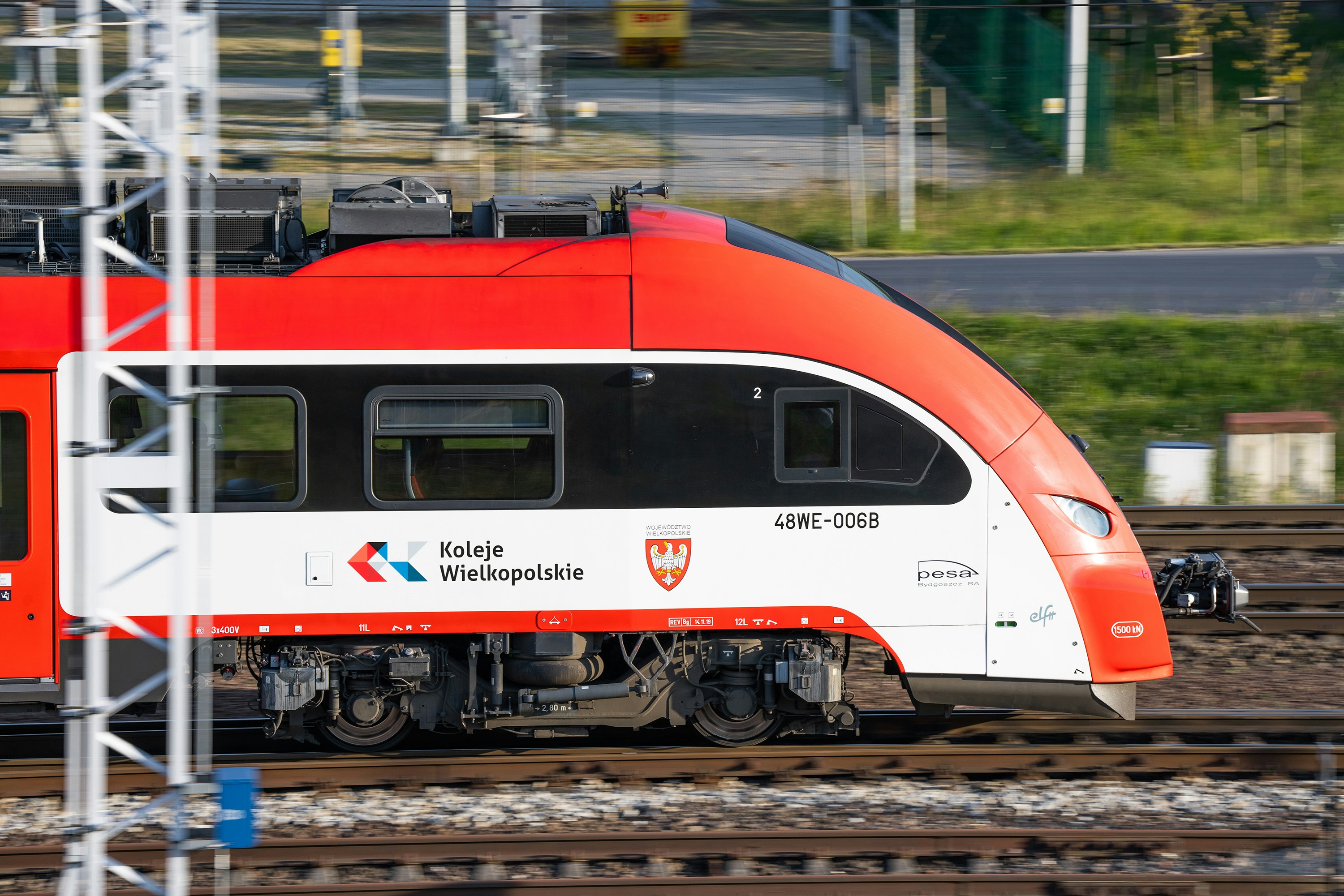Clean Energy Gets Smarter
For years, clean energy was seen as the expensive option. Not anymore. In most regions, solar and wind now beat fossil fuels on cost, and it’s not even close. Add to that the fact that installation times are down and scalability is up, and it’s easy to see why fossil plants are being retired faster than anticipated.
But affordability isn’t the whole story. The intelligence layer matters too. AI is tightening up grid management, using real time data to predict demand, detect faults, and balance variable outputs. Translation: more uptime, less waste, fewer blackouts. Smart grids aren’t coming they’re already being built.
Then there’s the tech fueling the next jump in efficiency. Solid state batteries are finally moving past the lab and into early commercial rollout, promising faster charging, longer lifespans, and lower fire risk than lithium ion setups. Meanwhile, solar skins ultra thin, flexible panels you can layer onto cars, windows, or wearables are starting to change where and how solar makes sense.
Clean energy isn’t just winning on the scoreboard. It’s evolving at a pace that’s reshaping the entire energy landscape.
Carbon Capture Moves Mainstream
Direct Air Capture (DAC) has spent years in the shadow of other climate tech, but 2024 is the year it goes wide. After years of small scale pilots and heavy R&D, industrial scale DAC plants are finally coming online. These facilities pull CO2 straight out of the atmosphere using large scale fans and chemical filters modular, somewhat portable, and increasingly cost effective.
Instead of cavernous, bespoke facilities, we’re seeing plug and play carbon scrubbers slotted into existing industrial sites: cement plants, steel mills, chemical factories. This shift lowers barriers and speeds up deployment. Combine that with new carbon as a service business models where companies pay to outsource their emissions and you’ve got a value loop that makes DAC commercially viable. Startups and giants alike are selling carbon removal credits the same way cloud platforms sell storage.
The takeaway? DAC is no longer a sci fi idea. It’s being deployed, monetized, and integrated. And it’s doing so on terms that make sense for both climate and capital.
Circular Economy Goes High Tech
Recycling is no longer just about sorting cans and bottles. In 2024, smart systems are learning to see, sort, and separate better than any human ever could. Computer vision and robotics are now working together inside next gen recycling facilities identifying materials in milliseconds, separating them with near perfect accuracy, and adapting to new packaging trends as fast as they appear. The result? Less contamination, higher recovery rates, and real progress toward zero waste goals.
On the material front, innovation is rewriting what products are made of. Biodegradable electronics yes, they’re real break down after use instead of piling up in landfills. Bio based packaging, made from things like algae, cornstarch, and even mushroom roots, offers a viable way out of the plastic trap. Big brands are watching. Some are already shifting supply chains to integrate these alternatives.
Then there’s ReCommerce the repair, reuse, and resale economy hitting its stride. Platforms built around refurbished gadgets, secondhand fashion, and upcycled gear are becoming serious players. They’re not an afterthought to fast production anymore. They’re a feedback loop, reshaping how companies design, build, and even market their products from day one.
Circular is no longer fringe. It’s smart, it’s scalable, and it’s setting the tone for how business gets done in a resource limited world.
Sustainable Mobility at the Next Level

Transportation is undergoing a fundamental shift. The push for decarbonization, paired with rapid technological innovation, is driving major advancements in how we move people and goods across the globe. Sustainable mobility is no longer a distant vision it’s arriving faster than many expected.
Faster Charging Through Solid State Batteries
Traditional electric vehicle (EV) batteries have long been limited by charging speed and energy density. Solid state batteries are changing that.
Quicker Charge Times: EVs equipped with solid state batteries can charge up to 80% in under 15 minutes.
Greater Safety & Longevity: These batteries reduce fire risk and can last longer than conventional lithium ion cells.
Mass Adoption Potential: As production scales, costs are dropping, making EVs a more viable option for the average consumer.
Hydrogen Fuel Breaks Into Heavy Transport
While EVs dominate light duty vehicle conversations, hydrogen fuel is gaining traction where batteries fall short particularly in sectors that demand high energy and long range.
Shipping & Aviation: Hydrogen fuel cells are being integrated into pilot projects for long haul shipping and short regional flights.
Heavy Duty Vehicles: Trucks, buses, and industrial equipment are testing hydrogen at scale to reduce diesel dependence.
Cleaner Supply Chains: With green hydrogen production scaling up, its role in decarbonizing global logistics is becoming more critical.
The Interconnected Future of Urban Transit
Cities are embracing an era of seamless, sustainable movement. Electrification is just the starting point.
Autonomous Electric Fleets: Self driving shuttles and e buses are being tested in smart cities to reduce congestion and emissions.
Mobility as a Service (MaaS): App based platforms are integrating e bikes, public transit, and ridesharing into one unified experience.
Smart Infrastructure: Streets and stations are being retrofitted with sensors, AI, and data connectivity to optimize routes and reduce delays.
Sustainable mobility is evolving beyond the vehicle alone it’s about reimagining an entire ecosystem, powered by smart technology and bold policy shifts.
The Power of Smart Agriculture
Farming’s future isn’t about bigger machines it’s about smarter ones. Across the globe, IoT sensors are helping farmers dial in their inputs with surgical precision. Deep in the fields, these connected devices measure soil moisture, nutrient levels, and crop health in real time. The result? Water and pesticide use drop by as much as 60%. That’s not just good for the planet it’s good for margins.
On a different front, vertical farming and precision ag are transforming how we grow and where. No more shipping lettuce halfway across a continent. Indoor farms zip produce from hydroponic rack to local plate, cutting emissions tied to transport and spoilage. Add machine learning into the mix, and these operations can predict yield, respond to plant stress, and tweak growing conditions on the fly.
Soil health, too, is getting a tech upgrade. Startups are combining regenerative ag practices with satellite imaging and cloud based analysis. This lets growers track organic matter, erosion risk, and microbial activity. It’s a slow game, but a critical one. As climate unpredictability becomes the norm, building long term soil resilience might be agriculture’s best insurance policy.
Tied to Broader Tech Movements
Green tech isn’t operating in a vacuum it’s riding the same wave as other emerging technologies. In 2026, many of the top tech trends intersect with climate innovation, creating tailor fit partnerships across sectors.
AI is making green systems smarter and leaner. From optimizing grid loads in real time to predicting crop yields with deep learning, it’s pushing efficiency in ways manual systems can’t match. Generative AI is also being used to prototype sustainable materials faster than traditional R&D ever could.
Blockchain plays a different role: trust and transparency. Whether it’s building verifiable carbon credit systems or enabling energy microgrids where users trade solar surplus peer to peer, decentralized ledgers are cutting through the noise of greenwashing.
Quantum computing is still early, but its long term potential is clear. Modeling complex climate systems or solving chemistry problems for next gen batteries? That’s quantum’s turf.
Green tech isn’t just part of the sustainability conversation anymore it’s embedded in the next generation of how we build, move, grow, and power the world. For a look at where innovation is headed, it’s tethered tightly to what’s happening in AI, blockchain, and quantum breakthroughs.
For broader context, check out Top 7 Emerging Tech Trends to Watch in 2026.
What to Watch in the Next 12 Months
Governments across the globe are putting serious weight behind clean energy not just with policies, but with money. From the U.S. Inflation Reduction Act to the EU’s Green Deal Industrial Plan, public funding is moving into next gen renewables like green hydrogen, advanced wind tech, and grid scale energy storage. The aim? Cut emissions fast while keeping economies competitive.
Private capital is also stepping in. Climate focused venture funds are pumping billions into early stage companies working on breakthrough tech think low carbon cement, synthetic biology for energy, and scalable carbon removal. It’s not just hype. Some of these bets are already turning into real businesses with paying customers and global demand.
On the accountability front, ESG is no longer just a feel good label. Investors and governments alike are demanding clearer, standardized reporting. New tools are coming online to track carbon output, supply chain ethics, and climate risk with real data not just estimates. As these metrics tighten, companies can’t afford to hide behind vague promises. Greenwashing is getting harder to fake.
2024 will be a pressure cooker for climate tech. The tools are maturing, money is finally moving, and expectations are rising. Now it’s about showing real world impact.
